10 things you should never store in your oven drawer
Stay safe and healthy by keeping these items out of your oven drawer

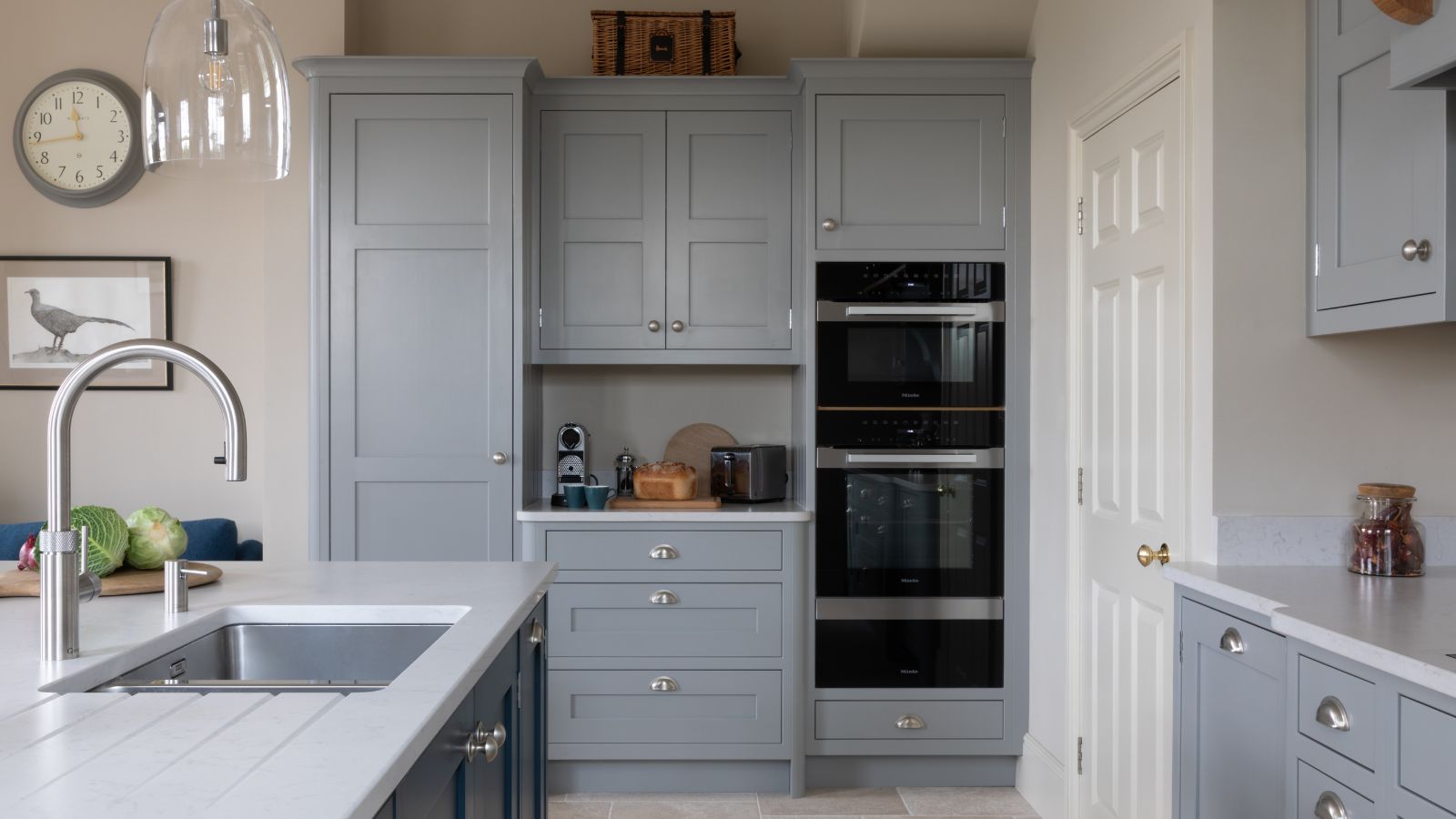
The drawer at the bottom of the oven can offer valuable additional storage in a kitchen. If it’s a simple drawer rather than a warming or broiler drawer, it’s a handy extra in a busy room that can take all the storage it can get.
But that doesn’t mean that all of the items you need to find space for in the kitchen can be stashed there. There are some things you should never store in your oven drawer in order to stay safe and avoid item damage, say experts.
Here, we list the kitchen items our pros say mistakenly find a home in the oven drawer and explain why you shouldn’t keep them there.
Never store these in your oven drawer
Extra kitchen storage is a huge boon, and the drawer at the bottom of the oven a welcome feature. Be careful, though. First, you need to be sure what the bottom drawer of the oven is for in the case of your appliance.
Then, once you’ve confirmed it’s there for storage and not for warming or broiling, it’s vital to know what you can keep in there and what you definitely shouldn’t.
1. Cookbooks
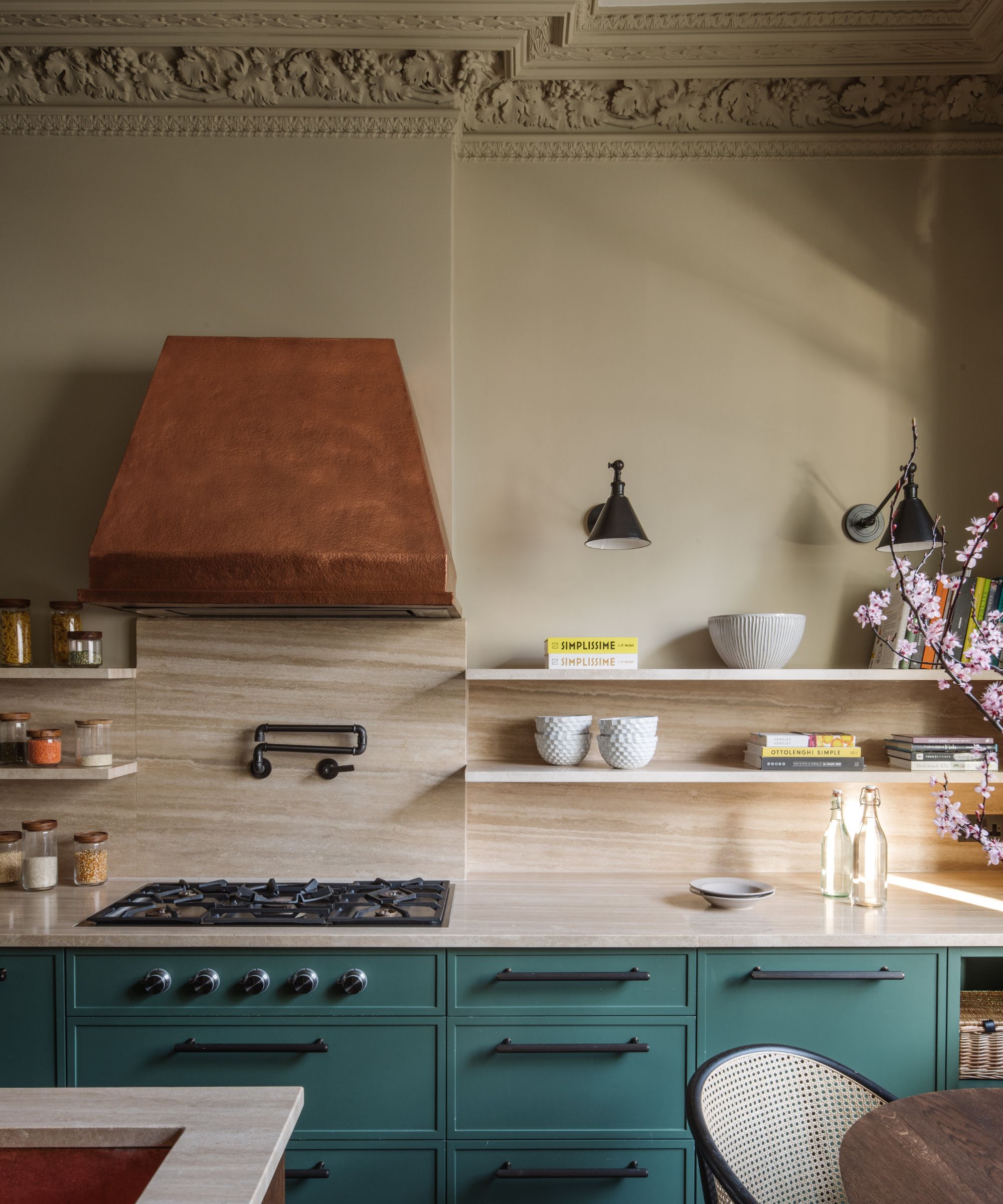
Yes, the oven drawer might seem a logical place to put favorite recipe collections but find somewhere else.
‘Don’t store cookbooks in the oven drawer. The oven’s heat can warp the pages and cause discoloration over time,’ explains Kostiantyn Miska, CEO of kitchen renovation company Corner Renovation.
Design expertise in your inbox – from inspiring decorating ideas and beautiful celebrity homes to practical gardening advice and shopping round-ups.
Hiding them away is also missing an opportunity. Organize cookbooks cleverly and you can turn your recipes into artwork.
2. Electronics
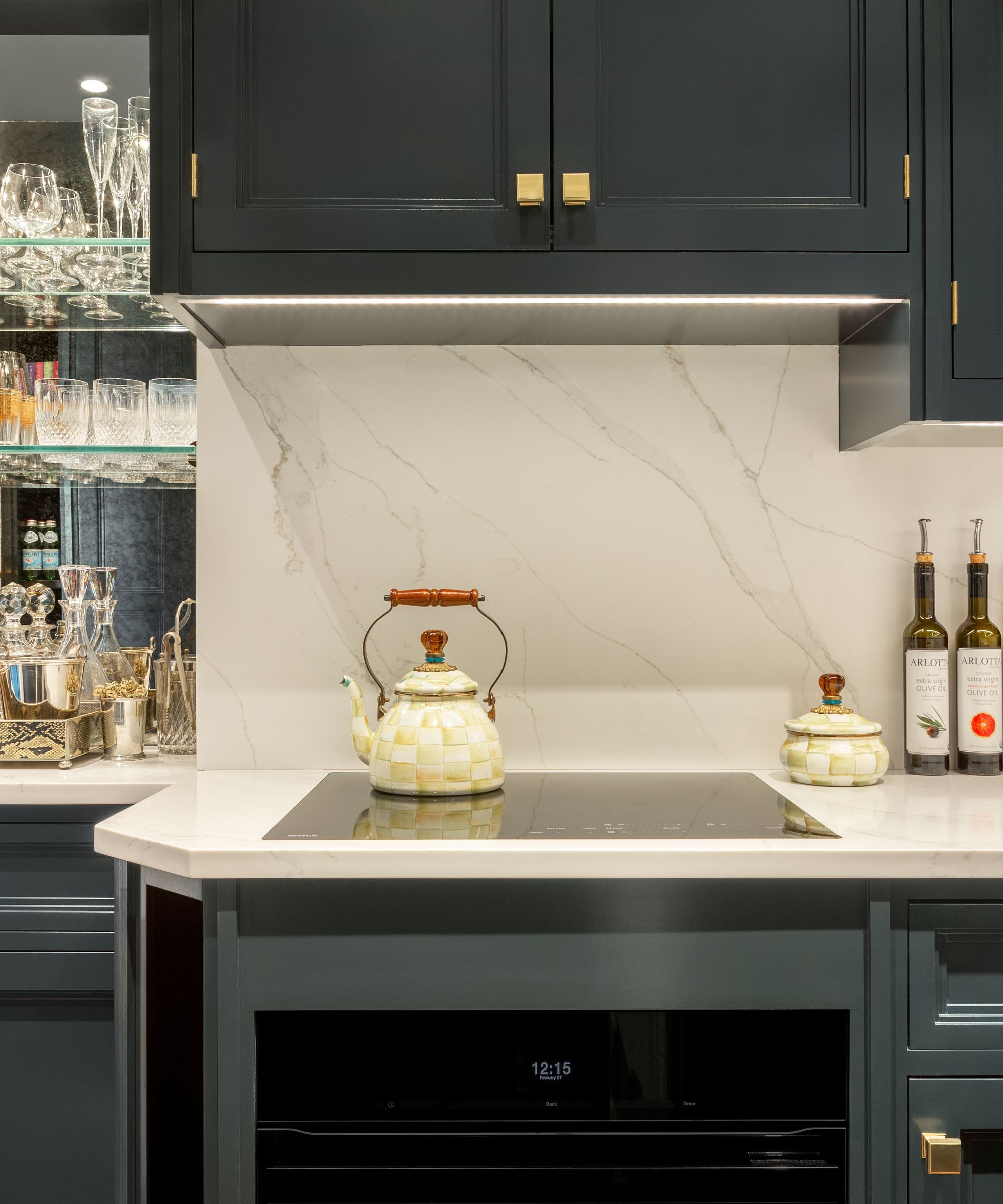
OK, the oven drawer is an ideal shape for a tablet, but this is a definite no.
‘Electronics shouldn’t take up space in an oven drawer,’ says Josh Qian, COO and co-founder of Best Online Cabinet. ‘It may seem like a convenient place, but the temperatures can seriously damage sensitive materials. It’s just not worth the risk.’
Bear in mind that electronics are also one of the items never to store on top of the refrigerator either.
3. Cooking oils
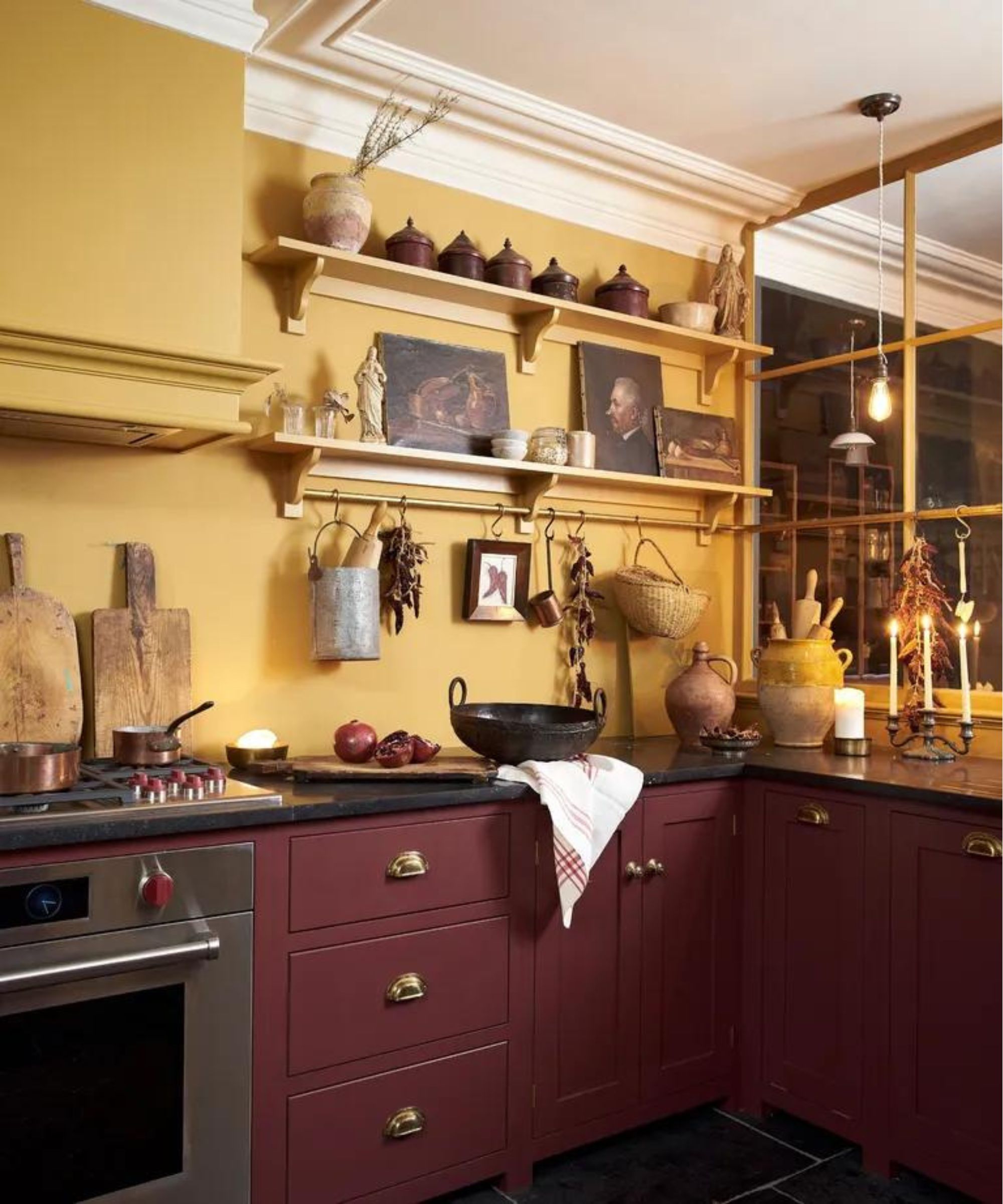
Find somewhere other than the oven drawer for cooking oils. ‘While it might be convenient to keep items like olive oil and vegetable oil close by, they are a fire hazard if stored under the oven,’ says celebrity chef and owner of Gocha’s Breakfast Bars and Gocha’s Tapas Bar Gocha Hawkins.
‘Ovens are often turned to temperatures that meet or exceed different oils’ smoke points, so preheating your oven when oils are stored under it can quickly cause a fire or dangerous spills,’ she says.
And if you using nonstick sprays, these shouldn’t go there either, Gocha explains. ‘Because these sprays often come in compressed canisters, they’re a risk for fire and explosion, so be sure to keep these stored in a cool, dry place away from heat sources,’ she cautions.
4. Linens
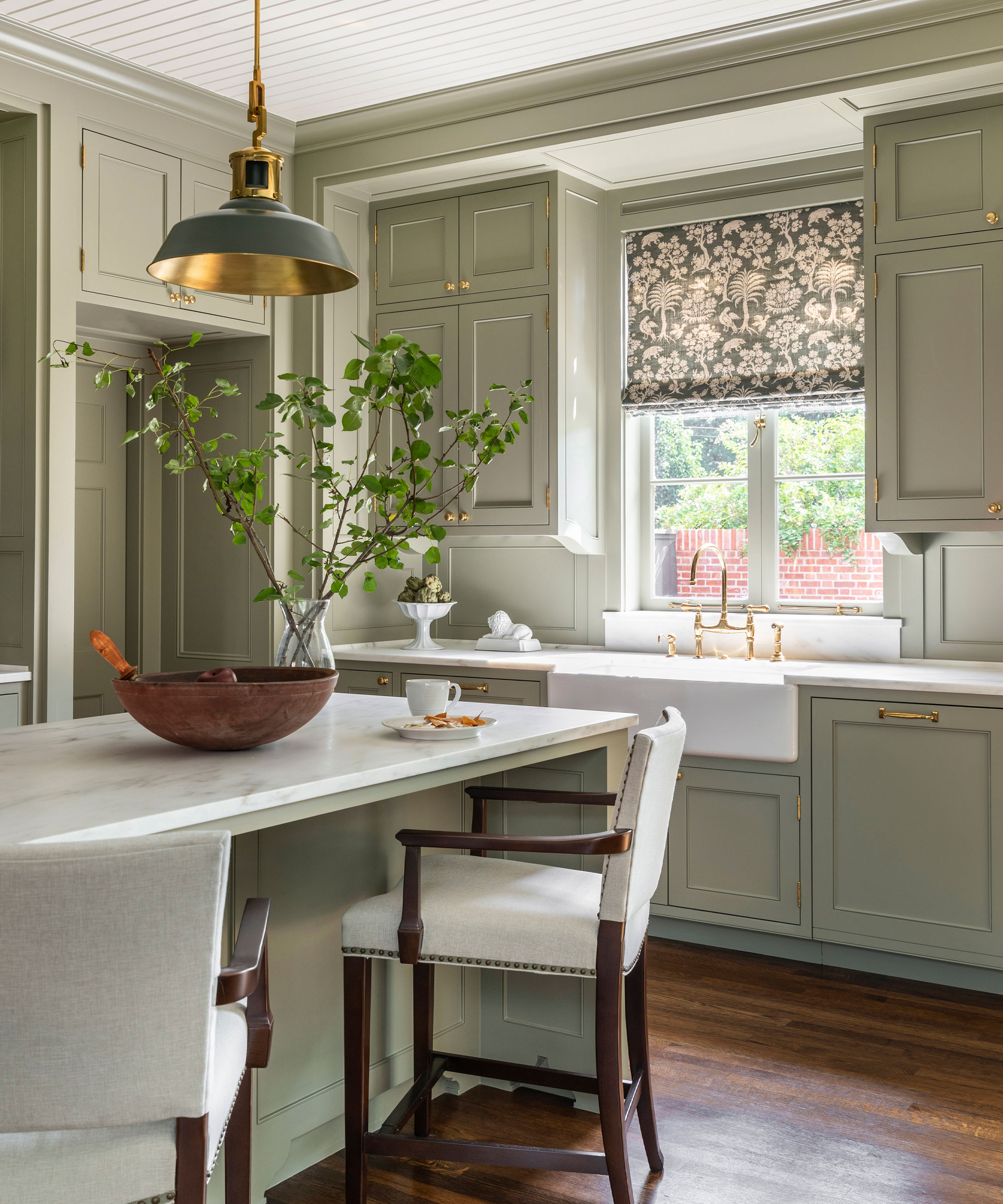
If you’d thought items such as oven mitts and more could go into the oven drawer, change your plans.
‘Avoid keeping potholders, kitchen towels or other linens in the oven drawer,’ says Jason Lamprey, owner, Square One Contracting. ‘The high heat can cause fabric to ignite, creating a fire hazard.’
If you’re organizing a kitchen island, a section for kitchen linens can keep them neat.
5. Plastic containers
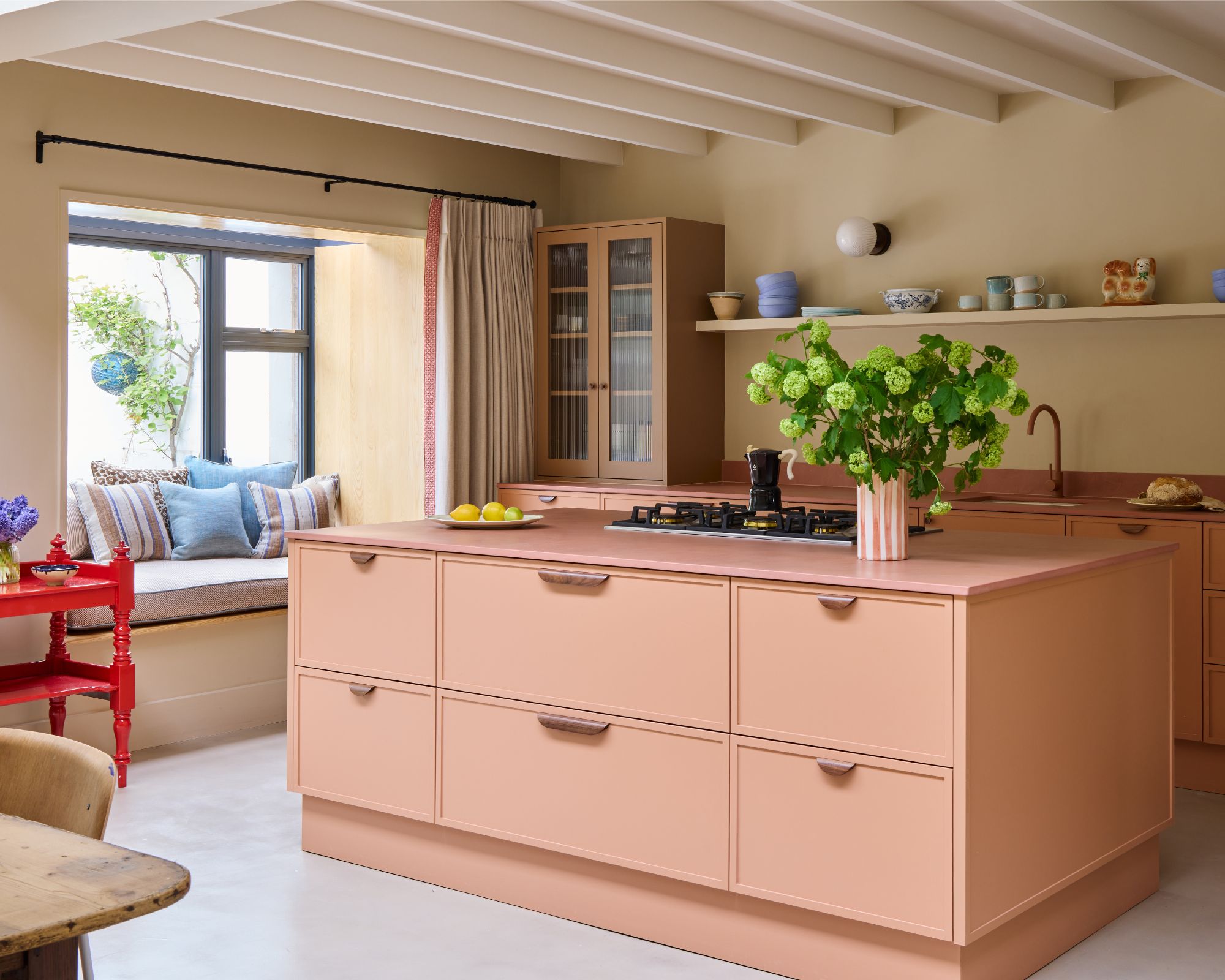
Keep plastics elsewhere in the kitchen, too. ‘Never store Tupperware or other thin plastic food containers in an oven drawer,’ says Phoenix, AZ-based professional organizer Kevin Connors.
‘When the oven is in use, the heat can easily melt thin, flexible plastic. Even if they are microwave safe, the sustained heat can break down the molecules in this type of plastic. It is also possible for the plastic to release fumes as it melts that can get into what you’re cooking in the oven.’
Cabinets or drawers are great locations for organizing plastic containers.
6. Rubber or silicone
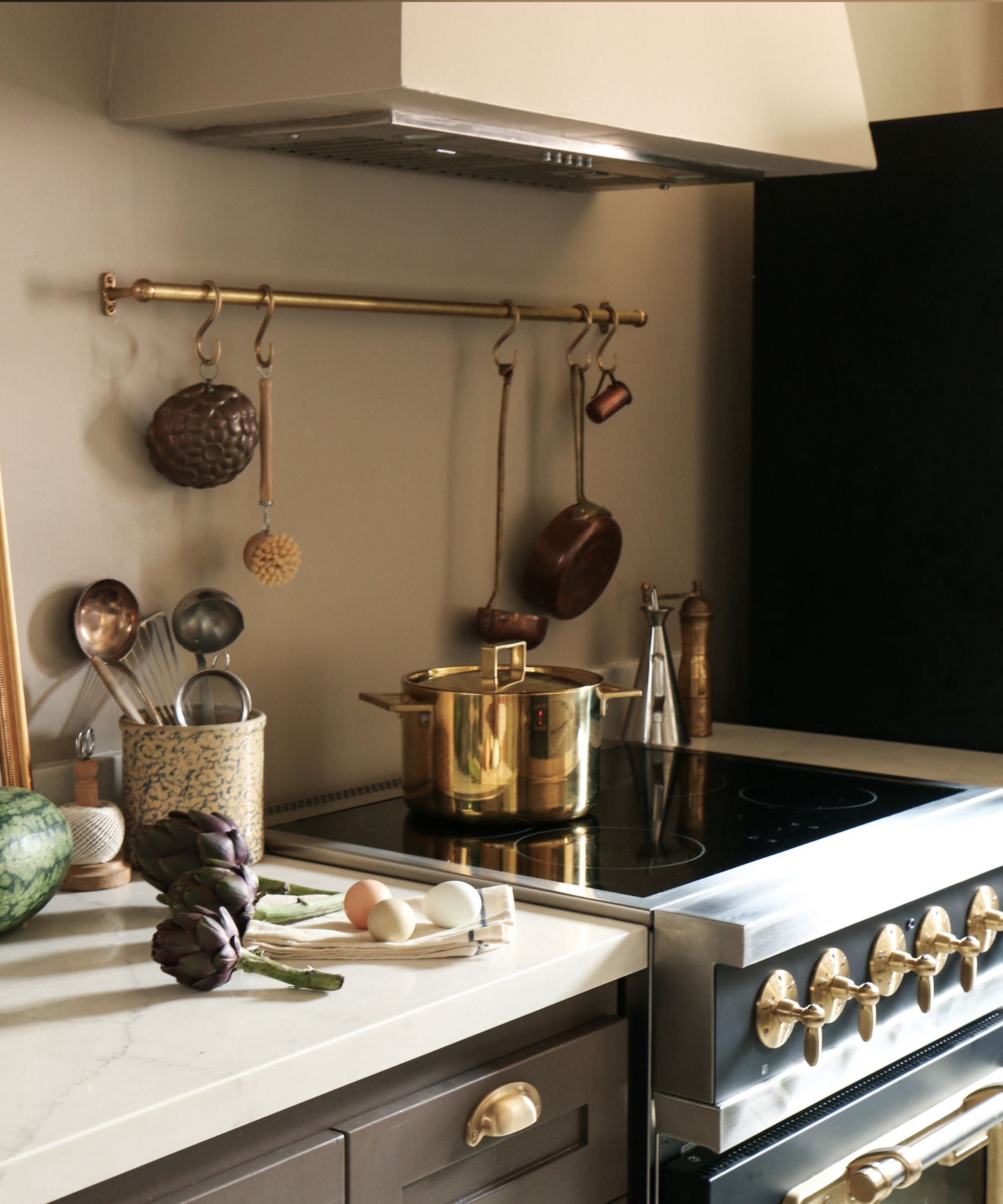
If you don’t want to ruin some of your favorite utensils, bear in mind that they can’t be stored here either. ‘Another kitchen no-no for the oven drawer is something made of rubber or silicone,’ says Josh Qian.
‘The high heat can cause utensils to degrade and become brittle over time. The last thing you want is for one of those tools to crumble in your hands while you’re whipping up your famous apple pie. Keep those heat-sensitive items far away from the oven’s reach.’
As an alternative, keep them in good condition and make cooking efficient by adopting the best ways of organizing kitchen utensils.
7. Wooden boards and utensils
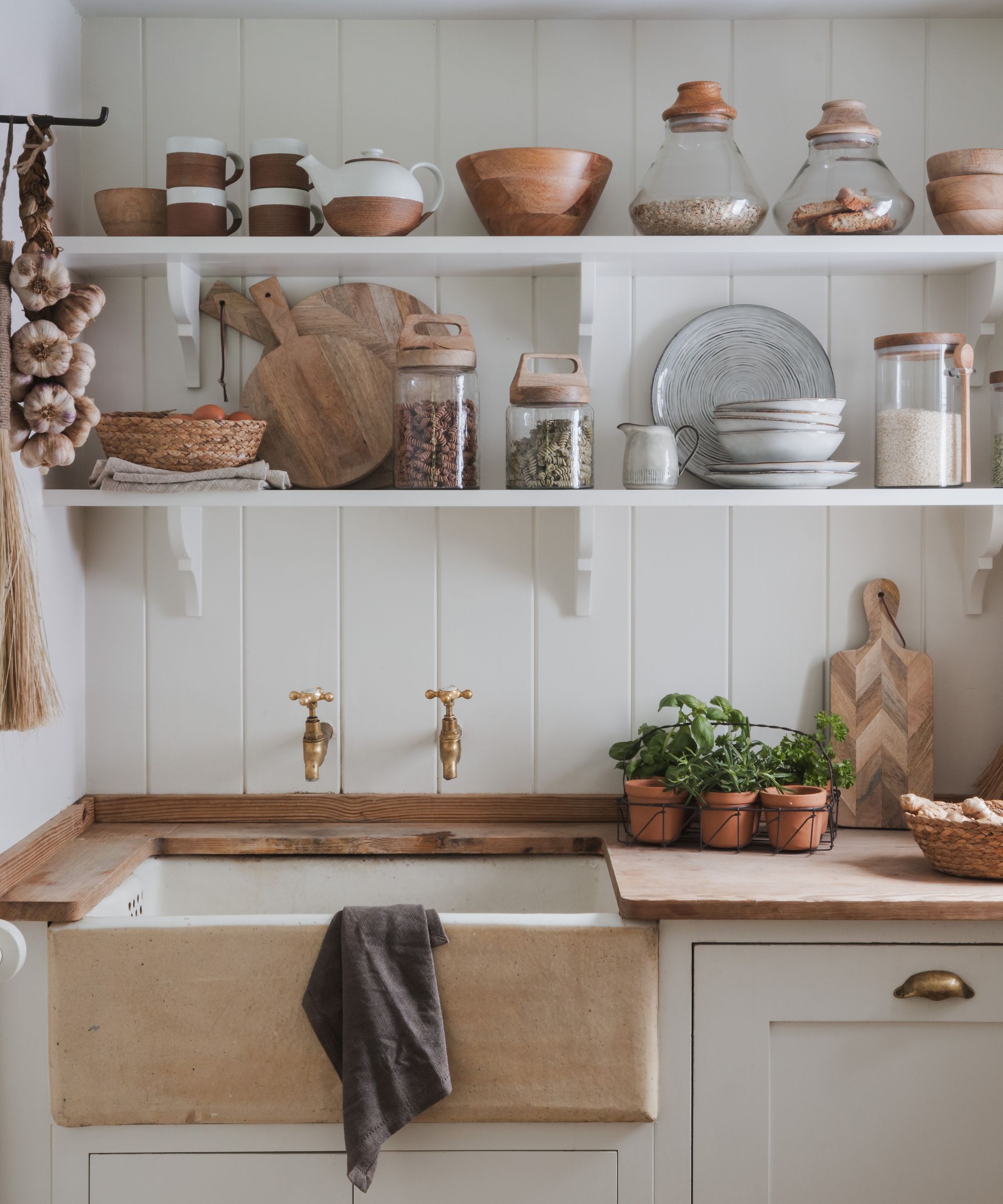
Another frequently found material in the kitchen that won’t do well in heat is wood.
‘Do not use the oven drawer as a storage spot for wooden cutting boards or utensils,’ says Jason Lamprey. ‘The heat and moisture will cause wood to warp, crack and potentially grow mold over time.’
To give it the longest life, care for a wooden cutting board the way the experts do instead by cleaning it the right way and conditioning it.
8. Kitchen cleaners
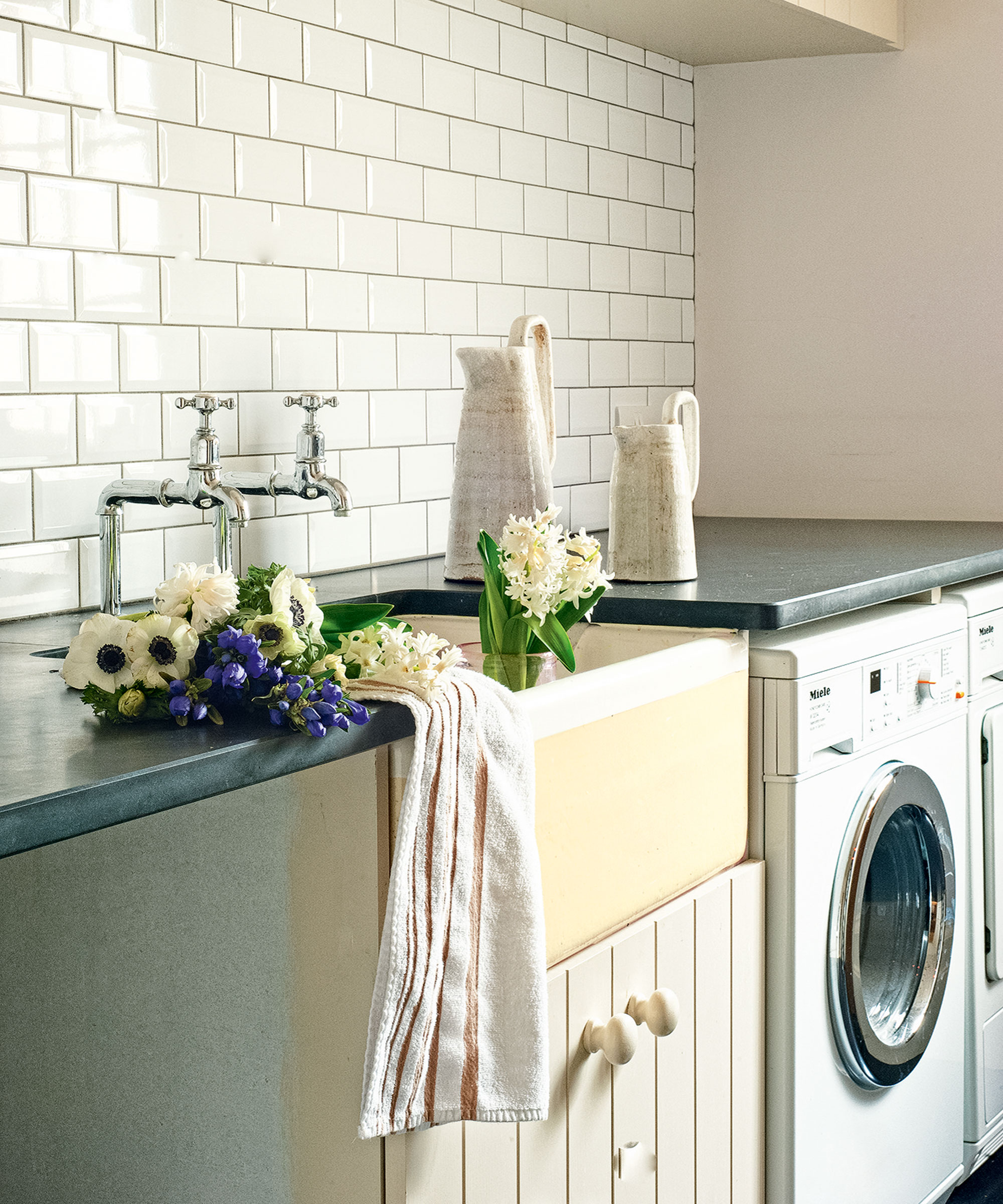
The products you use to clean up the kitchen definitely shouldn’t be stashed in the oven drawer.
‘Chemicals are another fire hazard near the oven, especially if they come in compressed canisters like many oven cleaners do,’ says Gocha Hawkins. ‘Those can explode and cause significant damage to you and your home, so be sure to keep all cleaning supplies well away from the oven and other sources of flame and heat.’
Under the sink can be a better place for kitchen cleaners when organizing kitchen cabinets, but bear safety in mind if you have young kids and keep them secured from them or high up instead.
9. Nonstick cook and bakeware
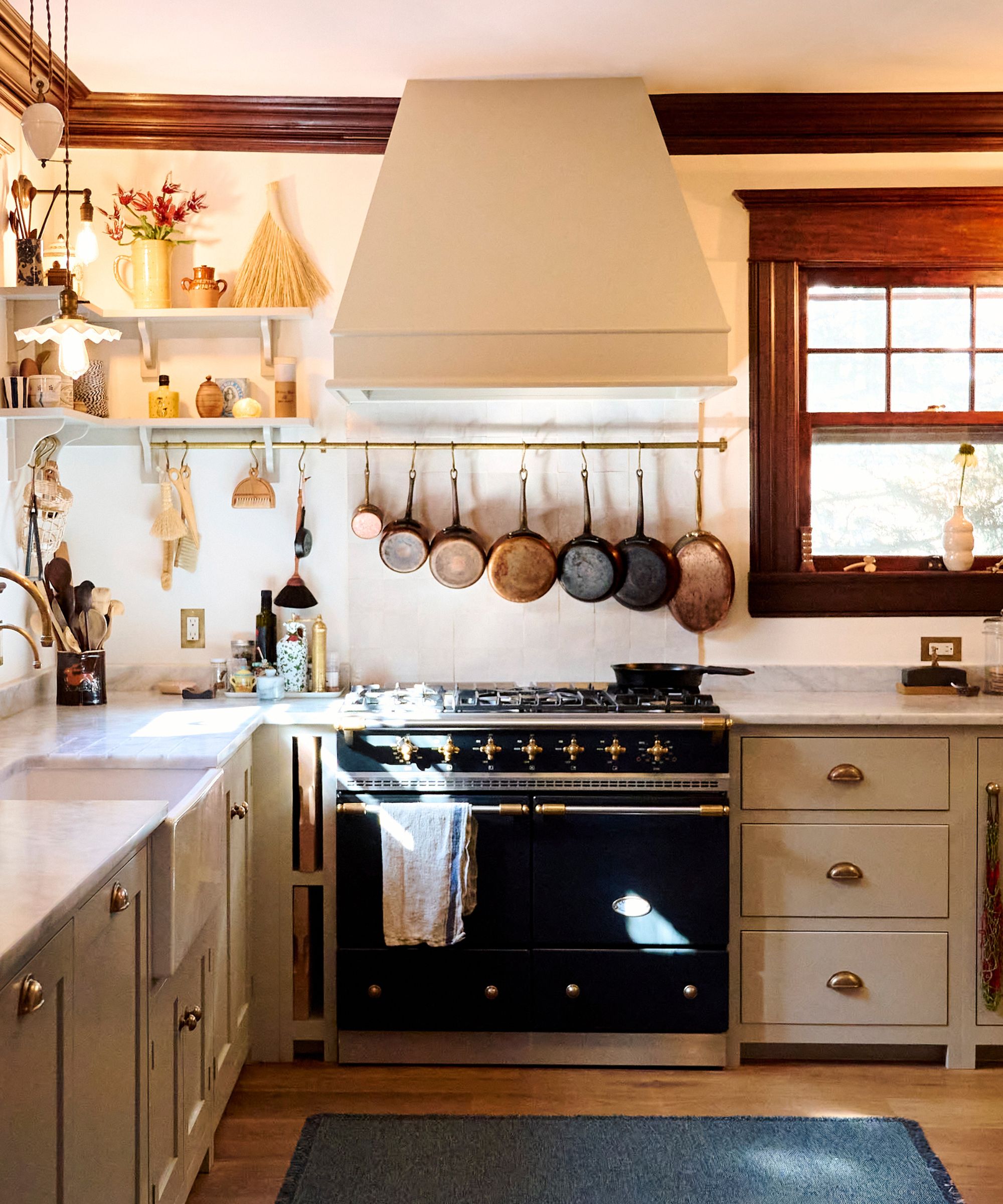
To avoid possible degradation of nonstick coatings, don’t keep nonstick pans and cookware in the oven drawer. ‘The residual heat can damage the coating and potentially release fumes,’ says Kostiantyn Miska.
10. Candles

Heat transfer to the oven drawer also makes it the wrong place for stashing candles.
‘This may seem obvious, but I have scraped more than one completely melted candle off the bottom of a client’s oven drawer,’ says Kevin Connors.
For a room that ranks among the most organized kitchens, it pays to be aware of the other places where particular essentials shouldn’t be kept, including items you should never store in a kitchen drawer; things you should never store in the freezer; and things you should never store in the refrigerator. Bear in mind that there are also items you should never store in the kitchen, too.

Sarah is a freelance journalist and editor. Previously executive editor of Ideal Home, she’s specialized in interiors, property and gardens for over 20 years, and covers interior design, house design, gardens, and cleaning and organizing a home for Homes & Gardens. She’s written for websites, including Houzz, Channel 4’s flagship website, 4Homes, and Future’s T3; national newspapers, including The Guardian; and magazines including Future’s Country Homes & Interiors, Homebuilding & Renovating, Period Living, and Style at Home, as well as House Beautiful, Good Homes, Grand Designs, Homes & Antiques, LandLove and The English Home among others. It’s no big surprise that she likes to put what she writes about into practice, and is a serial house renovator.